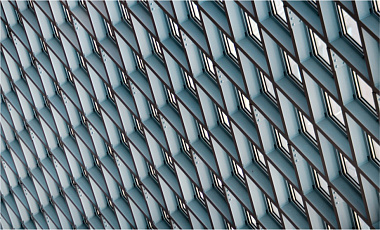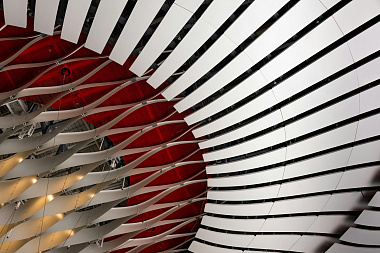Statutory regulation
The customs value of imported goods should include such additional charges as the costs of design, engineering, development, artwork and other similar work/services if such work/services are provided outside the Eurasian Economic Union (EAEU) and are not includedCustoms Code of the Eurasian Economic Union, article 40, clauseThe key conditions for including such costs in the price are as follows:
- the cost of such work or services is not included in the price of goods;
- the work or services have been performed/provided outside the EAEU customs territory;
- the work or services are related to the goods imported/being imported; and
- the work or services are neededResolution of the Arbitrazh Court of the Volga District
No. Ф06-5230/2024 dated 26 July 2024 in caseNo. А55-25863/2023 , Resolution of the Arbitrazh Court of the Urals DistrictNo. Ф09-2702/24 dated 10 June 2024 in caseNo. А60-46984/2023 for the manufacture of the goods imported/being imported.
Where there is no connection between such costs and the imported goods, the customs value and the amount of customs duties paid may not be adjusted. For instance, in one of the cases, the court stated that the imported goods were mass-produced products offered to the general public on a regular basis, irrespective of the creation of the disputed documentation.
In the same case, the court pointed out that the customs value of parts (components) of equipment should not include the cost of designing the equipment itself, since in the case at hand, the documents for the finished equipment were only provided to the manufacturer as a specification and did not contain any drawings of the imported parts. As a result, the court heldResolution of the Arbitrazh Court of the West-Siberian District
Royalties
In practice, design and engineering costs could be reclassifiedCustoms Code of the Eurasian Economic Union, article 40,Delineation of work related to equipment and that related to the facility as a whole (plant, workshop)
Russia’s Ministry of Finance distinguishes engineering and design work/services between:- work related to the engineering and design of equipment to be supplied under a foreign trade contract (“Work 1”); and
- work related to the engineering and design of an industrial facility as a whole (factory, workshop, etc) (“Work 2”).
In turn, Work 2 is actually performed in respect of the facility to be created as a whole (factory, workshop, etc), rather than in respect of goods. Therefore, the costs related to Work 2 are not to be includedLetter of the Ministry of Finance of Russia
In practice, the issue of differentiating between Work 1 and Work 2 remains controversial, in particular when it comes to the design and engineering of various utility systems (electricity, gas, water supply, compressed air supply systems, etc) which ensure the operation of both the facility as a whole and the imported equipment. For example, in one of the cases, the parties concluded separate supply contracts and engineering services contracts. The deliverables under the engineering services contract was the technical documentation, which included, among other things, information on the utility systems (for gas, compressed air, water and electricity). The court foundResolution of the Arbitrazh Court of the Urals District





